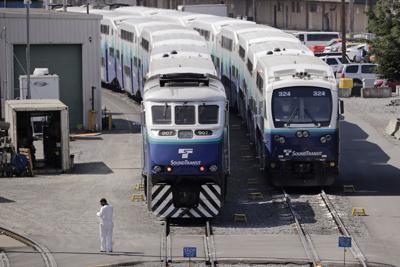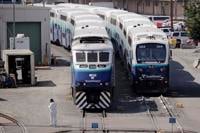(The Center Square) – The Central Puget Sound Regional Transit system, more popularly known as Sound Transit, received hundreds of millions more in federal funding during a time when ridership plummeted.
The budget for regional transit system that covers the Seattle metro increased by 43% to $2.6 billion from 2018 to 2020, while passenger miles dropped 67% during the same time period.
This data from the National Transportation Authority gives the first look at how the pandemic has impacted transit in the U.S.
In 2018, the system that has bus, rail and street cars had a total of 534.2 million passenger miles, while that number dropped to 174.8 million passenger miles in 2020.
The state of Washington was under a stay-at-home order that was implemented March 23, 2020 and ended June 1, 2020, though other restrictions followed.
Though passenger miles dropped drastically due to the COVID-19 pandemic, both the operating and capital funds to run the system continued to rise.
In 2018, the total amount of operating and capital funds expended were $1.8 billion. In 2020, this number rose to $2.6 billion.
There was a huge infusion of money into the system through federal assistance in 2020. In 2018, the system received $176.6 million in federal assistance. In 2020 that number skyrocketed to $612.0 million, for a 246.5% increase from 2018 to 2020.
A spokesperson for the transit system did not respond to questions about the increased costs.









